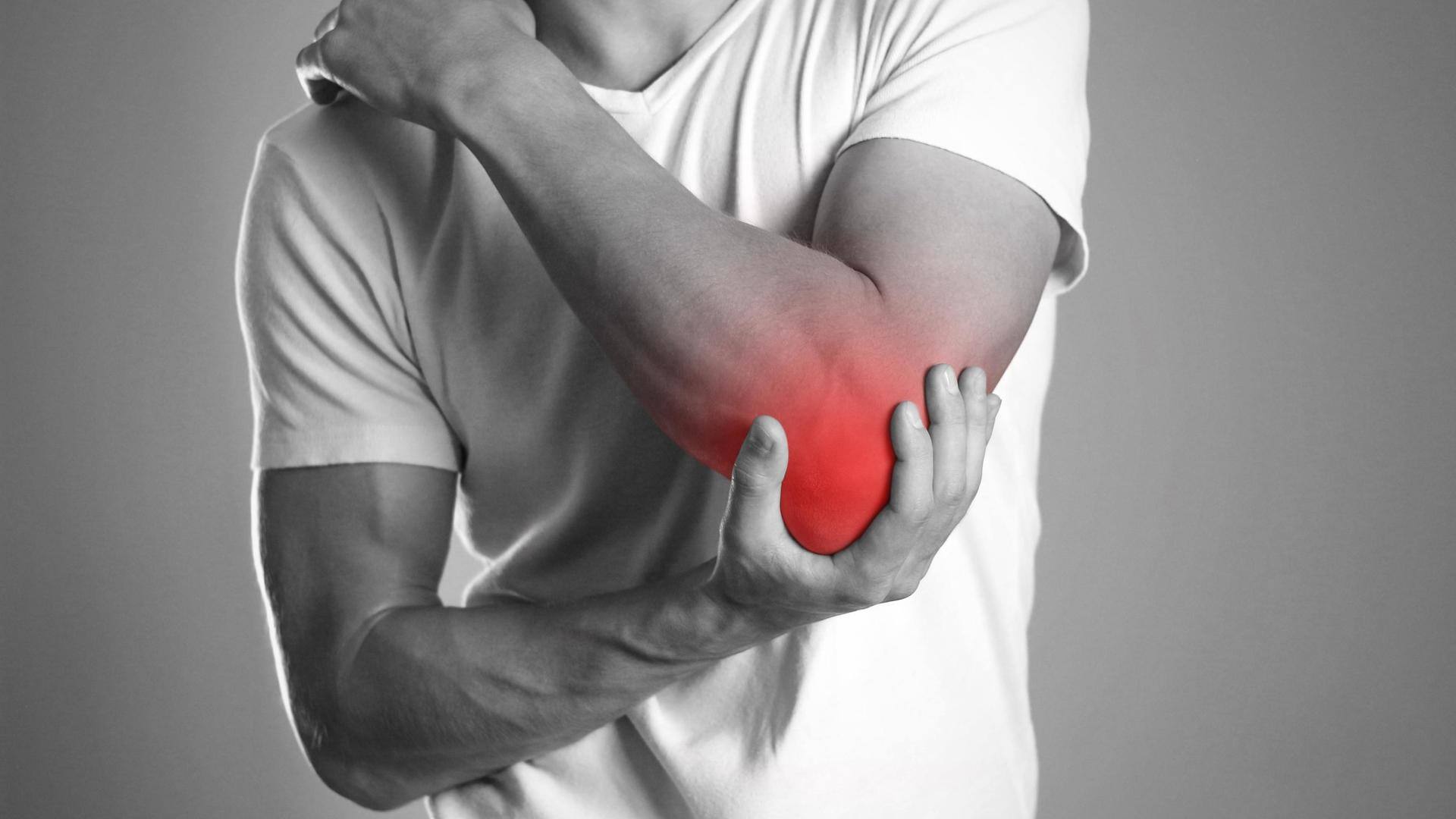
Tennis elbow: Causes, symptoms, and treatment
What's the story
It's not just about tennis; anyone can get it. This painful trouble arises from doing the same arm movements repeatedly. It usually affects folks between ages 30 and 50. Half of all tennis players end up with tennis elbow at some point! From symptoms to causes and available treatment options, here is everything you need to know about this annoying ailment.
Tennis elbow
What is it?
Tennis elbow, or lateral epicondylitis, is a discomforting ailment that occurs when tendons in your elbow are overloaded. Repetitive wrist and arm movements are often to blame. The pain is most prominent where the tendons of your forearm muscles connect to a bony bump on the outer side of your elbow. Sometimes, the discomfort can extend to your forearm and wrist.
Symptoms
What are the symptoms?
Tennis elbow brings a recurring pain to the outer part of your upper forearm, below the elbow bend. Sometimes, the discomfort travels down toward the wrist. Lifting or bending your arm can trigger pain, as can simple tasks like writing or holding small objects. Twisting your forearm, such as while turning a doorknob or fully extending your arm, can also intensify the pain.
Causes
What causes tennis elbow?
Tennis elbow arises from a repetitive motion and force like striking a ball with a racquet. Improper technique can shift the power through the wrist instead of the elbow or shoulder, straining the tendon and causing inflammation. Interestingly, tennis elbow can occur from everyday activities like crocheting, using scissors, cutting tough food, gardening, throwing in sports, swimming, or tasks like plumbing, typing, or bricklaying.
Treatment
How is it managed or treated?
Icing the area frequently, using an elbow strap for protection, and taking NSAIDs can alleviate pain and reduce swelling. Range of motion exercises prescribed by your doctor can improve flexibility, while physical therapy strengthens and stretches the muscles. In some cases, injections provide temporary relief as well. However, if conservative methods do not provide sufficient treatment within a few months, surgery might be required.
Prevention
How to prevent it?
Preventing tennis elbow is all about understanding and respecting your body's signals. Rather than pushing through pain, listen to your body's messages to avoid potential damage and tears. Ensure your equipment fits correctly, such as using properly tensioned racquets while playing tennis. Strengthening forearms and wrists through weightlifting and doing wrist and arm stretches before intense physical activities can help prevent injury.